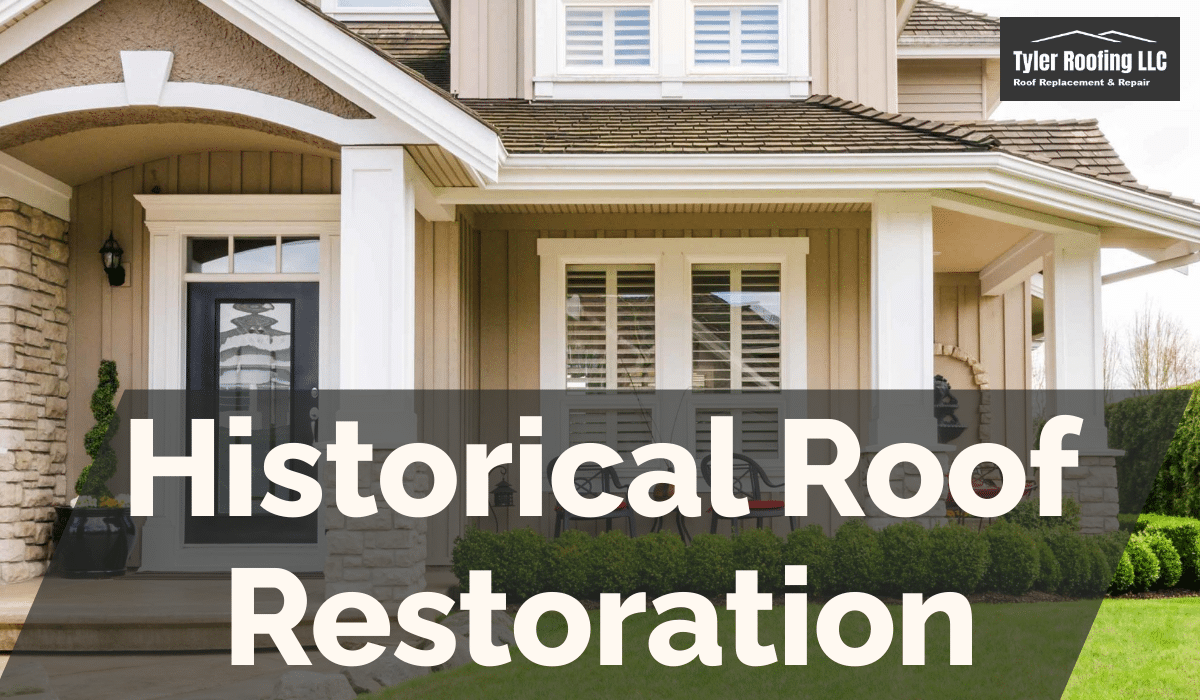Roof restoration is a complex task that necessitates specialist knowledge, understanding of historical preservation principles, and passion for maintaining our built heritage. Preserving a historical roof, unlike a standard roof repair or replacement, necessitates a delicate balance between retaining the architectural integrity while ensuring modern building standards and longevity. This article provides an inside look at the process, challenges, and rewards of historical roof restoration.
A Glimpse into the History
Historically, the materials used for roofing varied based on the region’s climate, culture, and available resources. Slate, clay, wood, metal, and thatch are among the traditional materials. The entire structure, from the material to the design and decorative elements, is a reflection of the time, place, and people who originally built it. As a result, historical roof restoration is essentially about preserving more than just a building; it’s about preserving history.
The Difficulty of Historical Roof Restoration
Historical roof restoration does not simply involve replacing old, worn-out materials with new ones. The process needs to retain as much of the original material as possible, and any new material must match the old in appearance, texture, and other aesthetic qualities. This presents a challenge, particularly when the original materials or craft techniques are no longer available or widely practiced.
Material Compatibility
It is not uncommon for incompatible materials to have been used in previous repairs, resulting in premature failure. Therefore, in the restoration process, it’s important to use materials that are compatible with the original construction.
Weathering and Aesthetics
Another formidable challenge is matching the weathered appearance of the original materials. New materials often stand out starkly against the backdrop of the aged originals, disturbing the building’s overall aesthetic.
Solutions and Techniques
Despite the challenges, restorers have at their disposal a number of methods, materials, and resources that can help achieve the desired result.
-
Reusing or recycling the original materials is one such solution. This not only conserves the historical substance but also helps maintain aesthetic consistency.
-
Modern technology can reproduce traditional materials and techniques. For example, 3D printing technology can be employed to create specific fittings or decorations.
-
Traditional craft techniques are also key. Specialized restorers can, for instance, hand-shape matching tiles or shingles utilizing time-tested techniques.
Conclusion
Historical roof restoration is as much an art as it is a craft. It requires careful attention to detail, an understanding of historical materials and techniques, and a dedication to preserving the past. Those involved are not merely contractors but caretakers of our heritage, ensuring that future generations can learn from and appreciate the architectural feats and narratives of their predecessors. Although the task is challenging, the reward of preserving history far outweighs the difficulties.

